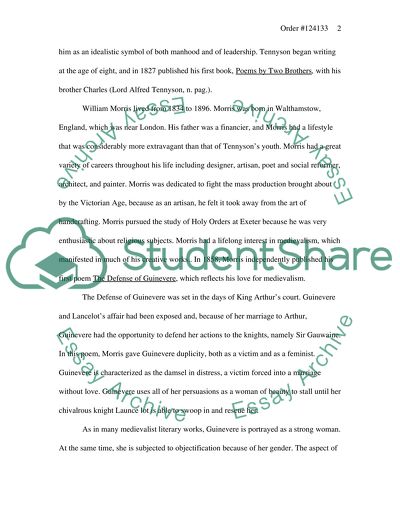Cite this document
(“19th century medievalist poetic comparison Essay”, n.d.)
Retrieved from https://studentshare.org/literature/1520804-19th-century-medievalist-poetic-comparison
Retrieved from https://studentshare.org/literature/1520804-19th-century-medievalist-poetic-comparison
(19th Century Medievalist Poetic Comparison Essay)
https://studentshare.org/literature/1520804-19th-century-medievalist-poetic-comparison.
https://studentshare.org/literature/1520804-19th-century-medievalist-poetic-comparison.
“19th Century Medievalist Poetic Comparison Essay”, n.d. https://studentshare.org/literature/1520804-19th-century-medievalist-poetic-comparison.


